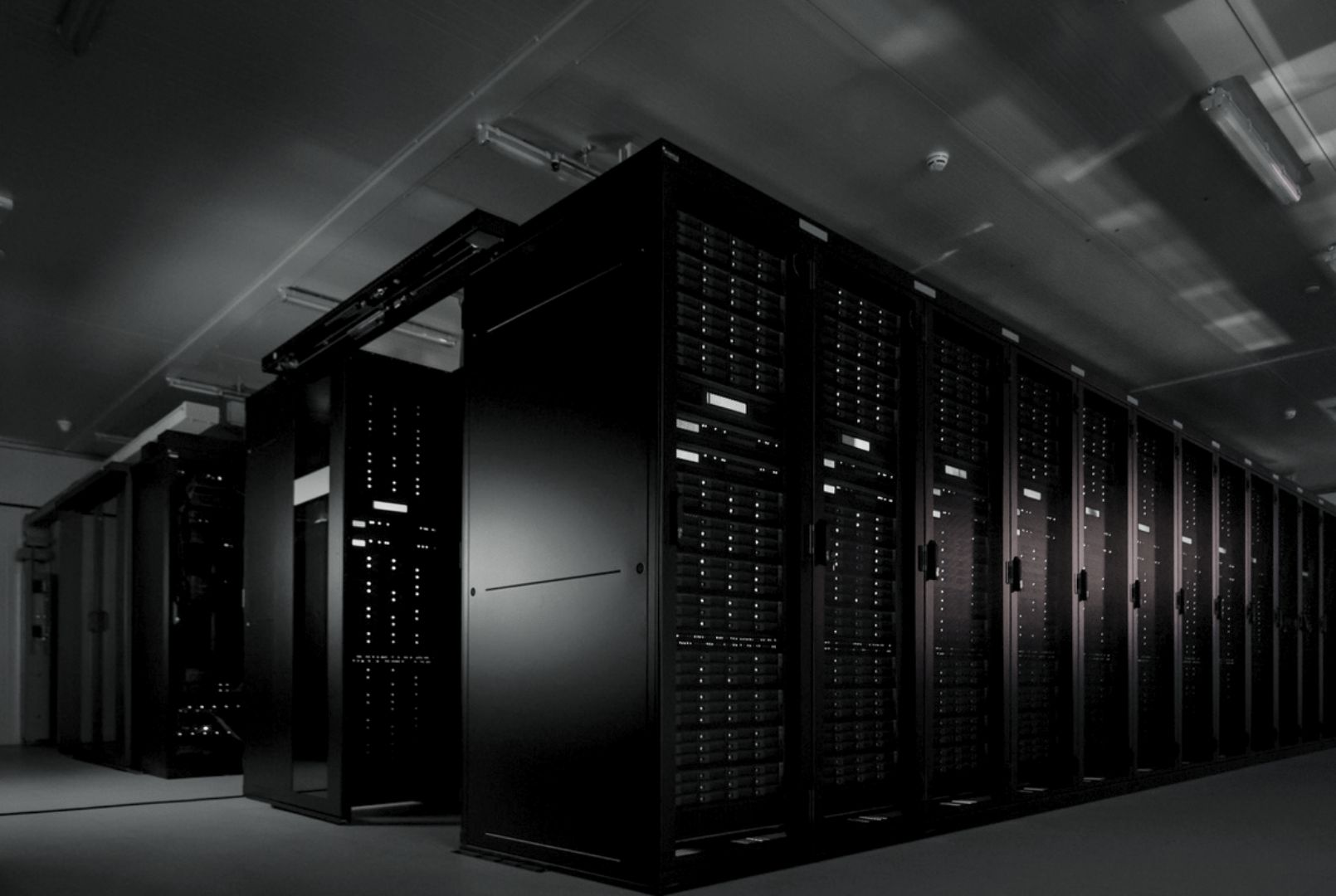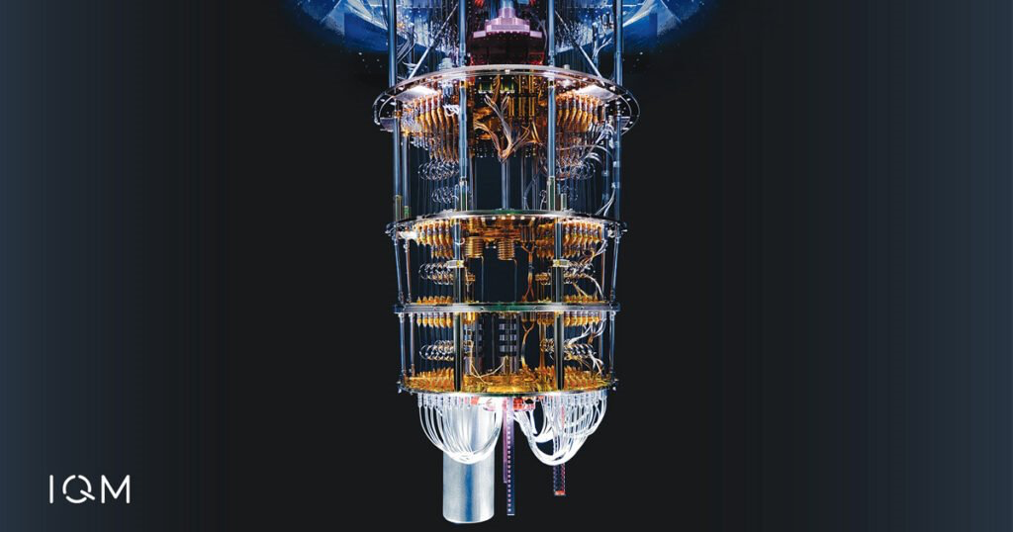
The supercomputers are ready to boost research at all universities in the country. But what difference can supercomputers make for your research? That was the focus when DeiC visited the SDU eScience Center in Odense.
Supercomputers can be quite a superpower to incorporate into your research. Therefore, DeiC is on a mission to help even more researchers get started with using the many digital resources available at Danish universities.
On February 29th, DeiC visited SDU to raise awareness about the national supercomputers and the significant potential they hold—regardless of the research field you work in.
The event was initiated by Dean Marianne Holmer from the Faculty of Natural Science, SDU, who is also on DeiC's board, where she briefly talked about the development of digital resources for research.
Inspiration for all researchers
She also expressed her joy that so many SDU researchers are already taking full advantage of the potential offered by the digital facilities provided by the SDU eScience Center and DeiC.
"It's incredibly impressive that more than 9000 users are already using our interactive HPC solutions here at SDU, and we hope that this event can inspire even more researchers from all corners of the university to use digital resources."
Marianne Holmer also pointed out that there is significant progress in the development of the quantum field at DeiC, where there is currently an opportunity to apply for postdoc positions in quantum algorithms and software.
Ready to help
Subsequently, Gitte Kudsk, director of DeiC, took the audience in the DIAS auditorium on a quick tour of the many different digital opportunities that researchers can access via DeiC.
For example, researchers can apply twice a year for access to computing power on the national supercomputers for their research projects via DeiC's national calls. In her presentation, Gitte Kudsk also shed light on the many international digital resources that DeiC, through strong collaborations in Europe, can help Danish researchers access.
Finally, she emphasized that both DeiC and the universities' local Front Offices are always ready to help researchers get started with using digital resources that can make a difference in their research.
Making the invisible visible
The significant difference supercomputers can make was particularly evident when SDU researchers from diverse fields such as medieval literature, chemistry, and pharmacy talked about the use of supercomputers in their research.
Himanshu Khandelia, associate professor at the Department of Physics, Chemistry, and Pharmacy, gave an inspiring presentation on how biomolecular simulation on supercomputers has contributed to his research in developing new cancer treatment methods and removing nanoplastics.
"My research and findings would not be possible without High-Performance Computing (HPC)," he emphasized in his presentation.
Aglae Pizzone, professor at the Department of Language and Culture Studies, subsequently talked about how supercomputers in her field can make the invisible visible. In an interdisciplinary collaboration on scanning and advanced imaging of medieval manuscripts, she and her colleagues find out what authors from that time thought and felt while writing their texts.
The DeiC visit to SDU ended with an insight into the services available via the SDU eScience Center, presented by Professor Claudio Pica, who leads the center.
DeiC says its thanks to SDU for inviting to this event, where together we focus on inspiring researchers to explore new paths and strengthen research.
Brief about available supercomputers
- Currently, there are four national High-Performance Computing (HPC) facilities at Danish universities. Read more.
- The national services are available to all researchers in Denmark and are used in all fields of research. Traditionally, supercomputers have been largely used by natural scientists and engineers, but in recent years, users in social sciences and humanities have grown, and the potential is significant. You can apply for the national services through your local Front Office or via DeiC.
- Through EuroHPC and the LUMI consortium, DeiC also has a share in international supercomputing resources, which can be applied for via DeiC.
- The Danish e-infrastructure Consortium (DeiC) is a unit under the Ministry of Education and Research, tasked with developing and coordinating collaboration on digital research infrastructure between Danish universities.
- DeiC allocates funds from the ministry and the 8 Danish universities every year to operate the national supercomputers for research.
More information
Would you like more inspiration about researchers' use of supercomputers? Then check out the exciting video use cases here.
Continuing with supercomputing? Then contact your local Front Office.
This article is based on the original article from SDU, written by Sudan Grønbech Kongpetsak.




